Political narratives cannot tamper with Indian history

Aparajita is currently doing her PhD in Visual Arts, Arts and Aesthetics at JNU. She is a trained archaeologist and has participated in exacavations at Rakhigarhi,Haryana and Odhisa. Her main area of interest is study of Ancient Indian history and culture.
The budget for the year 2020-2021 unveiled new projects for the development of a museum at Dholavira. It also unveiled new plans at other archaeological sites at Rakhigarhi, Shivsagar, Hastinapur, Adichallanur. These decisions created euphoria in an already enlightened crowd, who have suddenly taken a lot of interest in Indian history and culture.
Since the advent of Modi led government from 2014, almost all people, nevertheless of their education, qualification and age have suddenly acquired new found love for this neglected discipline. The debates in parliament, though often have evoked history in the past; it was rhetoric, dry laying down of facts. This was both unappealing and boring to a layman. This rendition is changed under the present government, which coats the facts and details with raw emotional appeal.
The government, which has emerged on the narrative which aims to undo the historical wrong of its predecessors, has primarily used history like one of its weapons. The euphoric debates on the controversial article 370 were full of anecdotes on Nehru, Patel establishing their relevance even in 2019. The different versions of one historical event rightly depicted how historical fact is viewed through different perspectives. The tussle among the nationalist school of history and leftist school of history was often an underlying theme in much of the political discussion which missed an eye of the laity. The prime mission of the government is to wash away the wrongs met to some of the leaders it most reveres and were sidelined in mainstream politics. Time and again, the government has tried to eulogize Sardar Patel, Deen Dayal Upadhaya, Shyama Prasad Mukherjee by unveiling various statues, schemes, and institutions in their name. It has actively even appropriated icons like Ambedkar, Vivekananda, Gandhi to appeal to wider sections. They have slowly but steadily brought Savarkar in the national limelight.
A plethora of narratives is spun by the party to forward the cause of some of its leaders while demeaning a few. This work is further propagated by the able graduates of WhatsApp university who share their knowledge at every nook and corner. Your mother, aunt, or any of your family members could turn out to be the next historian in disguise. These people have somehow amassed authority on the subject within a concise period. Popular claims made through such platforms are based on half-baked knowledge and don’t have an iota of truth in them. They are many times a convoluted version of an actual historical fact; most of it is because of biases, erroneous understanding of history. Nevertheless, the government in power has indeed found a way to construct and justify their narratives.
Monuments and temples serve as yet another popular means to appeal to the masses. The long-drawn Ayodhya case has finally reached its verdict and has hopefully ended the legal battle. The result will be a shining golden temple, standing tall with a saffron flag; it will be proof enough to suggest how monumentalizing history has become an essential way for the government to appeal to the masses. For most of the people out there, a major fallacious mistake is undone. The bid for renovating the Nehru memorial to make it more inclusive of contributions of other prime minister or the construction of the gigantic National War Memorial are all a means to give solid shape to their nationalistic notions, ideas. A further strategy widely employed is to propagate distort versions of history through word of mouth; most of these are targeted towards a particular community, religion, or caste.
According to them, the sultanate, Mughal rule in India is viewed as nothing but a despotic Islamic invasion. Akbar is painted as a power-hungry ruler who spread Islamic religion and Aurangazeb, a complete beast. The recent depictions of Alauddin Khilji in ‘Padmavat’ have further given a face to their ideas. In these movies, the rulers are depicted as barbaric, uncivilized, meat-eating, psychotic dark characters; on the contrary, the Rajput’s are well-trimmed, fair, and civilized humans being. Representations like these under the name of creative freedom unknowingly give rise to stable binaries.
Selective exclusion of historical facts is also openly undertaken by the government to give weight to their ideology. An ongoing exhibition in the National Museum, Delhi, is a good example to prove this point. The exhibition “Historical Gastronomica: The Harappan Dining Experience” gives a taste of what food in Indus valley civilization would be like. The exhibition is well presented and is an excellent way to acquaint the laymen with the culture. But the exhibition somehow has selectively showcased vegetarian food and has left forth popular food options like meat, beef, and fish, which were regularly relished by our ancestors.
The government has thus resorted to historical personalities, events, facts, monuments and has used them to forward their political narratives. In due course, some of the facts have been distorted, new facets of leaders are unearthed, and newer monuments are being constructed. The usual dull and boring subject has now received glory as citizens of the country have a newfound energy to take pride in their ancient past. The depictions of Konarak sun temple wheel, the chariot of Hampi, the image of Sanchi stupa, Rani ki vav on the reverse side of our new banknotes are refreshing. An addition of newer sites like Mamallapuram, Rani Ki Vav to itinerary of foreign delegates is a good way to showcase our soft cultural policy to the world.
At the same time, rampantly suppressing historical facts, making changes into historical textbooks, changing the name of sites, cities, and undermining the contribution of famous freedom fighters will only result in dissolving the secular fabric of the nation. The study of religious process and social construct is not a linear process but is shredded in complexities. The concept of nation-state, religion, and Hinduism professed by Chanakya is different from what we perceive it today. Political figures like Gandhi, Nehru, Patel, Savarkar cannot always be viewed in black and white but have a shade of grey. It is essential to disassociate our personal feelings, emotions towards them and study them in individuality.
This would be a more scientific way to study history, understand the subject, and propagate knowledge. It is important for us to understand that we cannot look at history from the prism of today. It is important to study the subject from the then-contemporary religious, socio-political, and economic perspective. It is only when such scrutiny is conducted that we can understand the subject in a much better way. Most of it, people have to let go of their preconceived notions of an issue and develop a rational attitude of assessing the truth based on the accuracy of facts. By the end of this activity carried forth by the government, perhaps newer versions of history might be rewritten, but the onus to protect the rich culture and history completely lies upon us.
Featured Image Credits: Wikimedia


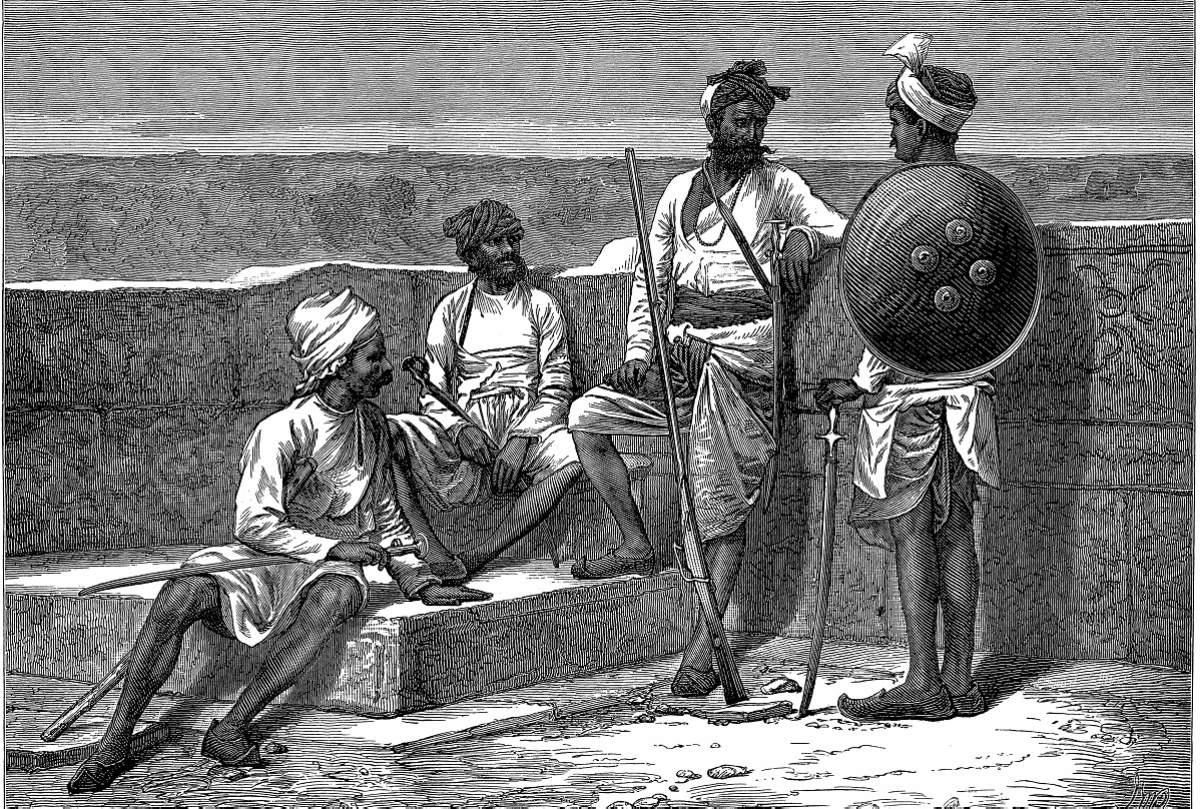


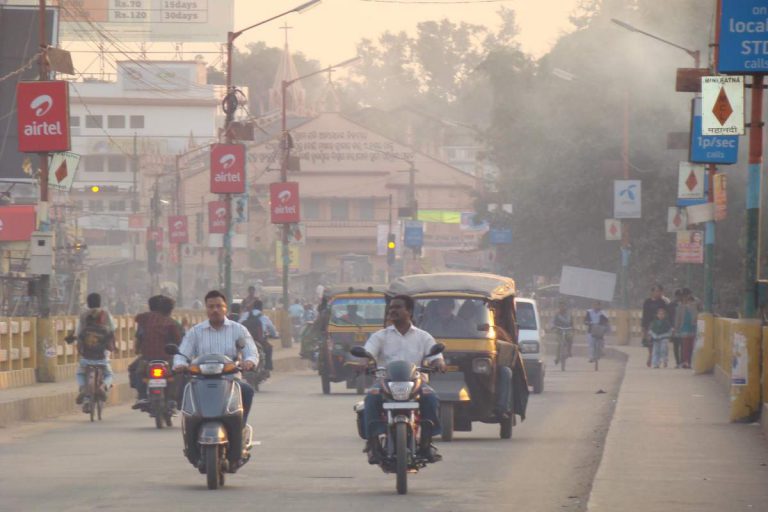
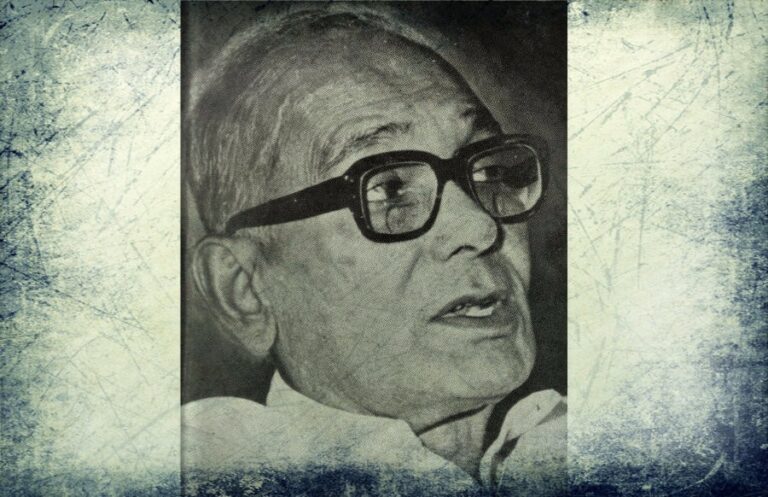
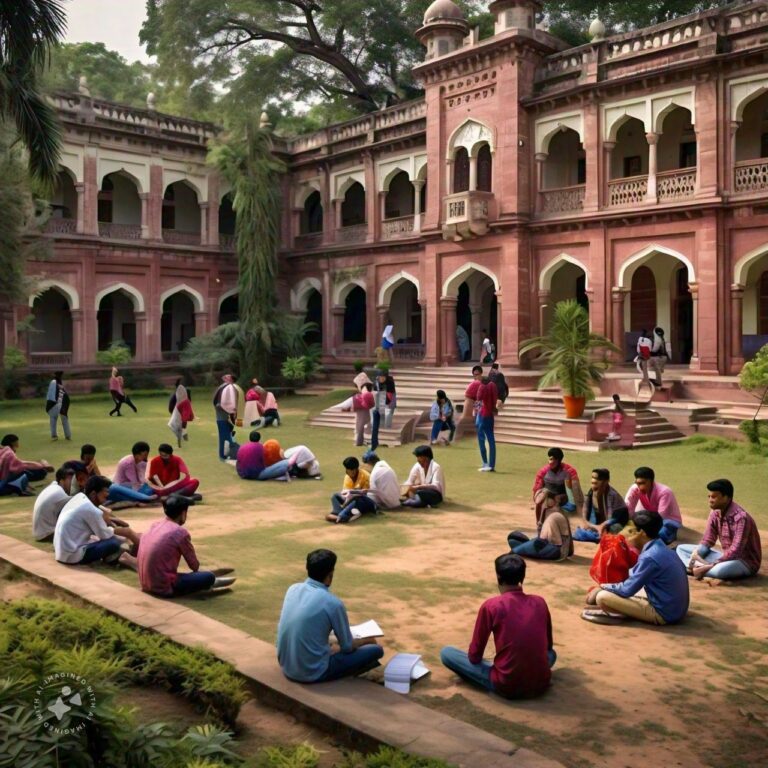
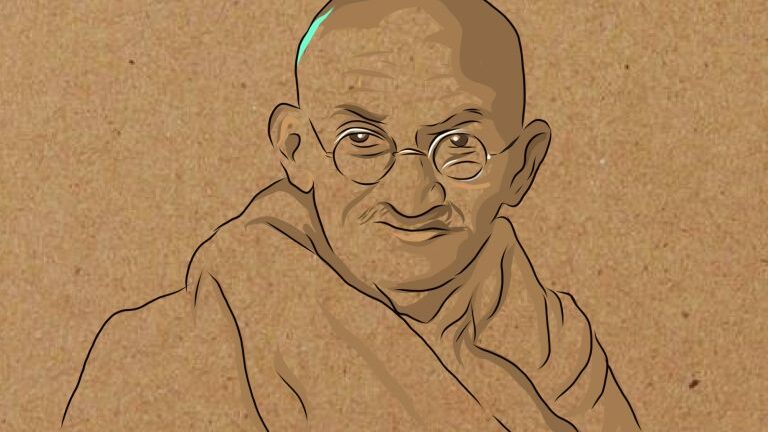
Readers' Reviews (3 replies)